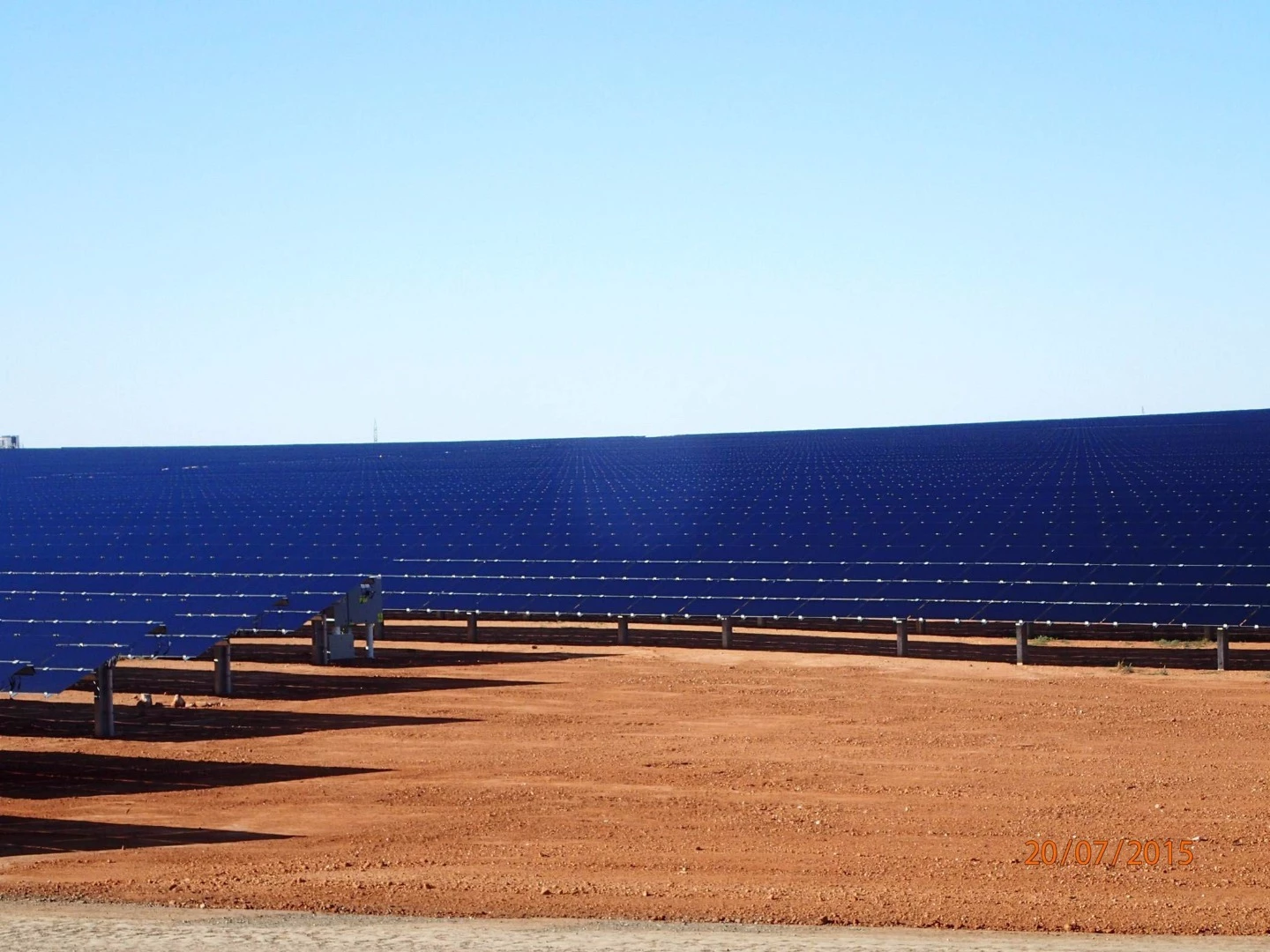Accordingto the Energy Supply Association of Australia, Australia boasts the highestrate of household solar panel installation in the world. But despite much ofthe continent being seemingly perfect for large scale solar, it has been slow in comingto the sun-drenched country. That could be set to change with the officialopening of two plants that AGL Energy managing director and CEO Andy Vesey says"signals the birth of large-scale solar in Australia".
The Nyngan and Broken Hill solar plants were originally announced in 2013 and are the largest operational solar power plants in Australia. Developed by AGL and located in western New South Wales, the Broken Hill plant has a power output of 53 MW, while the Nyngan plant outputs 102 MW, making it the largest solar plant in the Southern Hemisphere. Together they will produce around 360,000 MWh of renewable energy every year, which is enough to power around 50,000 homes.
AGL says that building the plants has delivered a boost to each of the local economies of around AUD14 to 15 million (US$9.8 to 10.5 million) already. In addition, the company anticipates that a further AUD137 million (US$96 million) will flow into the local economy around the Nyngan plant and AUD85.5 million (US$60 million) into the Broken Hill region over their 30-year lifespans.
The Nyngan and Broken Hill plants became operational in July and December last year, respectively, and were officially opened at a ceremony on January 20.
The video below provides an introduction to the 53 MW Broken Hill plant.
Source: AGL Energy













